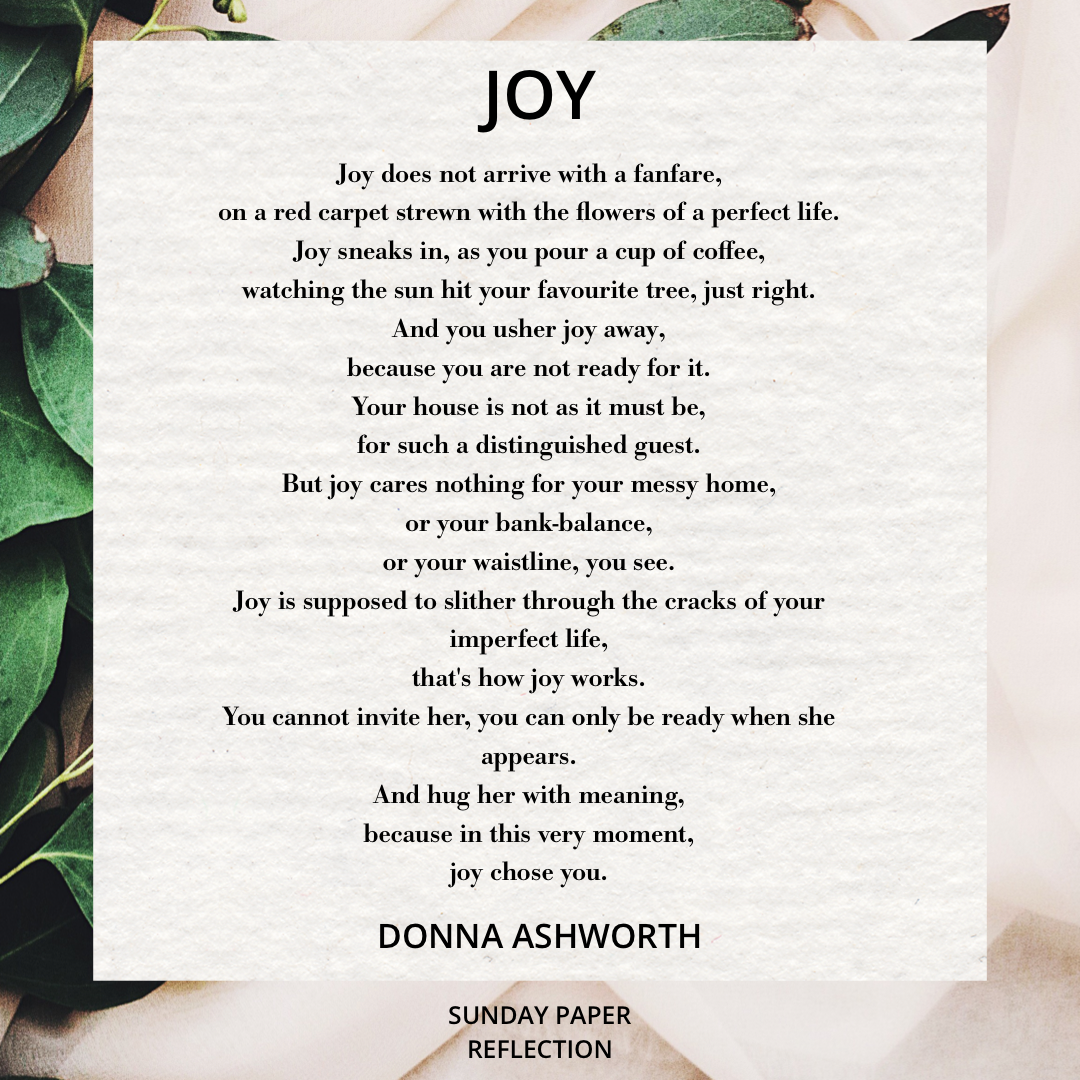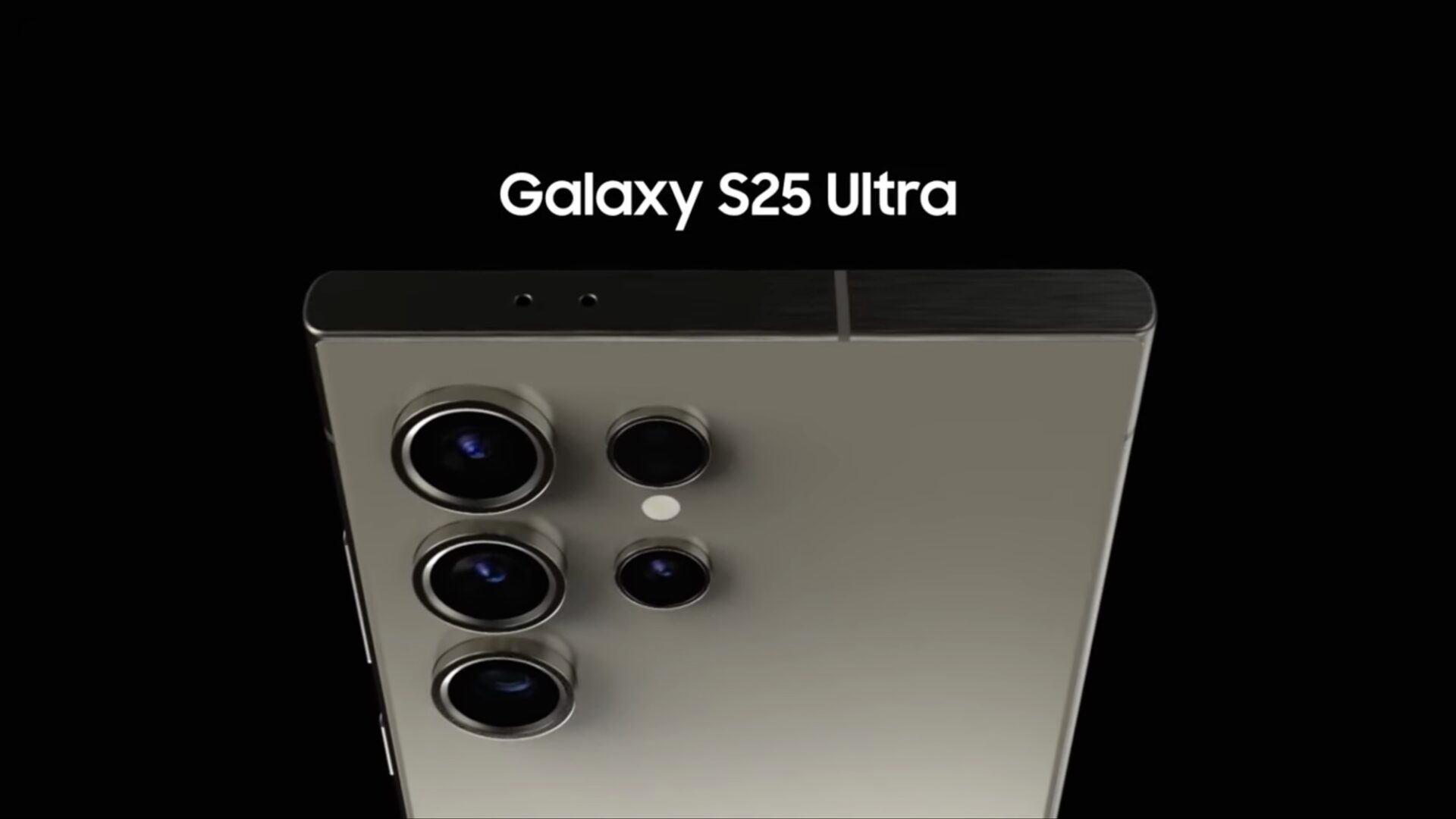A Provocative Architect's Take: How Virtue Signalling Affects The Profession

Table of Contents
The Rise of Virtue Signaling in Architectural Practice
The pressure on architects to publicly demonstrate commitment to social and environmental causes is undeniable. Social media amplifies this pressure, showcasing projects that highlight sustainable architecture, green building, and social equity initiatives. Client expectations also play a significant role, with many seeking architects who can demonstrate a commitment to social responsibility and ethical design. This creates a fertile ground for virtue signaling, where appearances often overshadow substance.
- Increased use of sustainable materials as a marketing tool: While using recycled materials or locally sourced timber is laudable, the emphasis often shifts from genuine environmental benefit to marketing the "green" aspects of the project.
- Public declarations of commitment to diversity and inclusion: Many firms publicly state their commitment to diversity, but genuine inclusion requires more than just statements. It needs concrete actions and demonstrable results in hiring practices, team composition, and project collaborations.
- Emphasis on "green" building certifications as a selling point: While certifications like LEED are valuable, they can be manipulated to achieve a certain rating rather than representing a holistic commitment to environmental sustainability. The pursuit of the certification can overshadow deeper considerations of design ethics.
- Focus on community engagement as a design strategy: Community engagement is crucial, but superficial consultations that merely tick a box fail to genuinely incorporate community needs and perspectives into the design process. True engagement requires deep listening and genuine collaboration.
Distinguishing Genuine Commitment from Performative Actions
The line between authentic social responsibility and superficial virtue signaling is often blurry. Transparency and accountability are crucial in discerning genuine commitment. A firm's actions, not just words, must be scrutinized to understand its true dedication to ethical design.
- Analyzing the long-term impact of design choices, not just short-term gains: Genuine commitment considers the lifecycle impact of materials, energy consumption, and the building's long-term effect on its occupants and the environment. Short-sighted approaches focused solely on immediate visual impact are a clear sign of virtue signaling.
- Examining the authenticity of a firm's commitment to diversity and inclusion beyond marketing materials: Concrete data on employee demographics, equitable compensation, and inclusive design processes is crucial. Mere statements are insufficient.
- Scrutinizing "green" claims and certifications for true environmental benefit: Look beyond the certification itself. Analyze the material choices, energy performance, and construction methods to understand the true environmental impact. Is it genuinely sustainable architecture, or a carefully crafted image?
- Evaluating community engagement initiatives for genuine impact, not just PR: Assess the level of community involvement, the depth of consultation, and the tangible impact on the community. Was the engagement a real conversation, or a photo opportunity?
The Ethical Implications of Virtue Signaling in Architecture
The ethical dilemmas faced by architects are significant. Balancing client demands, professional integrity, and public perception requires careful consideration. Inauthentic virtue signaling has several damaging consequences.
- Risk of compromising design quality for the sake of appearances: The pursuit of a "green" image or a commitment to "inclusive" design can sometimes overshadow design excellence, leading to suboptimal solutions.
- Potential for greenwashing and misleading clients about sustainability: Presenting a project as environmentally friendly when it isn't erodes trust and undermines the credibility of the profession.
- Erosion of public trust in the architectural profession: When architects engage in virtue signaling, it erodes the public's confidence in the profession's commitment to genuine ethical standards.
- Creation of uneven playing fields for firms genuinely committed to ethical practices: Firms prioritizing true social responsibility may be disadvantaged against firms that engage in superficial marketing tactics.
Fostering Authentic Social Responsibility in Architectural Design
Architects can genuinely integrate social and environmental responsibility into their work by adopting holistic and long-term approaches.
- Prioritizing transparent communication with clients about design choices: Openly discuss the trade-offs, challenges, and the rationale behind design decisions related to sustainability and social equity.
- Implementing robust internal processes to ensure ethical decision-making: Establish internal guidelines and review processes to ensure that sustainability and ethical considerations are integrated throughout the design process.
- Collaborating with diverse teams to broaden perspectives and promote inclusion: Build teams that reflect the diversity of the community the project serves.
- Focusing on measurable and impactful sustainability goals: Set clear, quantifiable goals for environmental performance and social impact, and track progress throughout the project lifecycle.
- Investing in ongoing education and professional development in sustainable and ethical design practices: Stay up-to-date on the latest research, technologies, and best practices in sustainable architecture and ethical design.
Conclusion
Virtue signaling in architecture presents a complex challenge. While genuine commitment to social and environmental responsibility is vital, superficial acts undermine the profession's integrity. Architects must move beyond performative actions and embrace authentic social responsibility. Let's foster a culture of transparency, accountability, and genuine ethical commitment within the architecture profession, ensuring that our designs reflect true values and create a lasting positive impact. Challenge virtue signaling in architecture; demand true ethical design and champion genuine sustainable architecture.

Featured Posts
-
 One Year Of Loss One Moment Of Joy Jonathan Peretzs Powerful Story
May 26, 2025
One Year Of Loss One Moment Of Joy Jonathan Peretzs Powerful Story
May 26, 2025 -
 Navigating Grief Jonathan Peretzs Experience After A Year Of Loss
May 26, 2025
Navigating Grief Jonathan Peretzs Experience After A Year Of Loss
May 26, 2025 -
 Top 10 Tv Shows And Streaming Services To Check Out Thursday
May 26, 2025
Top 10 Tv Shows And Streaming Services To Check Out Thursday
May 26, 2025 -
 Naomi Campbell And Anna Wintour Met Gala 2025 Absence Fuels Speculation
May 26, 2025
Naomi Campbell And Anna Wintour Met Gala 2025 Absence Fuels Speculation
May 26, 2025 -
 Popular Southern Vacation Spot Rebuts Claims Of Poor Safety Following Shooting
May 26, 2025
Popular Southern Vacation Spot Rebuts Claims Of Poor Safety Following Shooting
May 26, 2025
Latest Posts
-
 Comparatif Smartphones Le Samsung Galaxy S25 256 Go A 775 E
May 28, 2025
Comparatif Smartphones Le Samsung Galaxy S25 256 Go A 775 E
May 28, 2025 -
 Acheter Le Samsung Galaxy S25 256 Go Le Top Produit Pour 775 E
May 28, 2025
Acheter Le Samsung Galaxy S25 256 Go Le Top Produit Pour 775 E
May 28, 2025 -
 Offre Speciale Samsung Galaxy S25 256 Go A 775 E
May 28, 2025
Offre Speciale Samsung Galaxy S25 256 Go A 775 E
May 28, 2025 -
 Test Du Samsung Galaxy S25 256 Go Top Produit Ou Non
May 28, 2025
Test Du Samsung Galaxy S25 256 Go Top Produit Ou Non
May 28, 2025 -
 18000
May 28, 2025
18000
May 28, 2025
